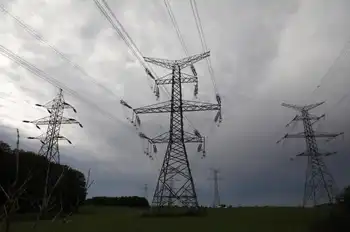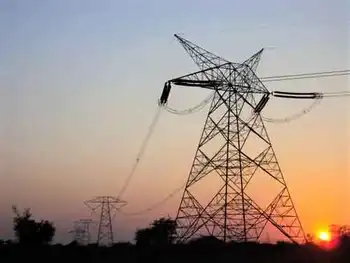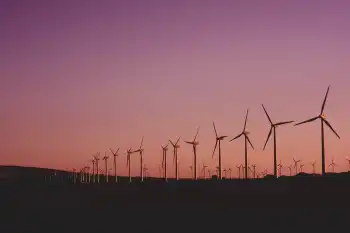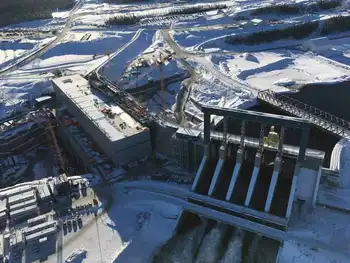OEB proposes cost revisions to renewable grid connections
The proposed amendments would, if enacted, reduce the costs renewable generators would have to pay to connect their generation to a distribution system by:
- Making distributors responsible for the costs of "renewable enabling improvements" - investments made by a distributor to enhance the technical ability of a distribution system to accommodate increased levels of renewable generation.
- Sharing the cost of any expansions of the distribution system between the distributor and generator, so that only those generators requiring expansions which are costly relative to their size bear some of the costs.
The amendments also clarify that generators would continue to be responsible for the cost of dedicated connection facilities to the distributor's main distribution system.
This project is part of a series of initiatives the Board is undertaking to facilitate the timely connection of renewable generation in Ontario.
This integrated approach to investment, planning, and cost allocation will lay the framework for appropriate and reliable electricity infrastructure development consistent with the Board's objectives, including its new objectives under the Green Energy and Green Economy Act, 2009.
Related News
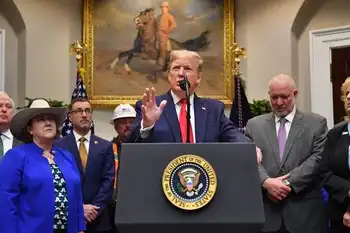
Trump unveils landmark rewrite of NEPA rules
WASHINGTON - President Trump has announced plans for overhauling rules surrounding the nation’s bedrock environmental law, and administration officials refuted claims they were downplaying greenhouse gas emissions.
The president, during remarks at the White House with supporters and Cabinet officials, said he wanted to fix the nation’s “regulatory nightmare” through new guidelines for implementing the National Environmental Policy Act.
“America is a nation of builders,” he said. But it takes too long to get a permit, and that’s “big government at its absolute worst.”
The president said, “We’re maintaining America’s world-class standards of environmental protection.” He added, “We’re going to have very strong…

